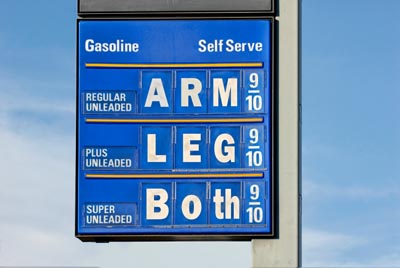 A recently released FMI grocery shopper trends report for 2011 quantified what most in business already knew: consumers continue to tighten their belts. With rising commodities driving food inflation and the price at the pump changing driving habits, consumers are changing the way they shop.
A recently released FMI grocery shopper trends report for 2011 quantified what most in business already knew: consumers continue to tighten their belts. With rising commodities driving food inflation and the price at the pump changing driving habits, consumers are changing the way they shop.
According to the latest Technomic consumer sentiment survey, 84% of consumers believe grocery prices have risen in the last three months. 50% of consumers believe packaged food sizes have gotten smaller because companies are trying to enhance profitability and keep retail prices the same. Bob Goldin, EVP of Technomic says consumers “are very likely to reduce their spending on groceries… and increase their reliance on coupons and deals.”

Since the price of gas is reducing the number of shopping trips per week (1.69 trips per week is the lowest in FMI Trend reporting history) and consumers are increasingly more reliant on coupons and deals, marketers may fell the pressure to increase promoted volume. But can tough economic times be a time of great opportunity for those willing to think differently about the design of their business model, brands, or go-to-market approach? A Grail Research study gives several examples: Intel vs. TI (90-91 recession), WalMart vs. Kmart (01 recession), or Best Buy vs. Circuit City (01 recession).
Hey, the entire cosmetics industry was born during the Great Depression because they thought differently about consumers, what they needed and how they could design a successful business model to make it work (they offered “inexpensive luxuries” during bad times). Today’s shopper marketers can do the same: reThink, reDesign, and reOptimize their business models.
(By the way, I’ll be looking and blogging about the most innovative shopper marketers at the 2011 Shopper Insights in Action conference sponsored by IIR USA. Let’s connect there.)